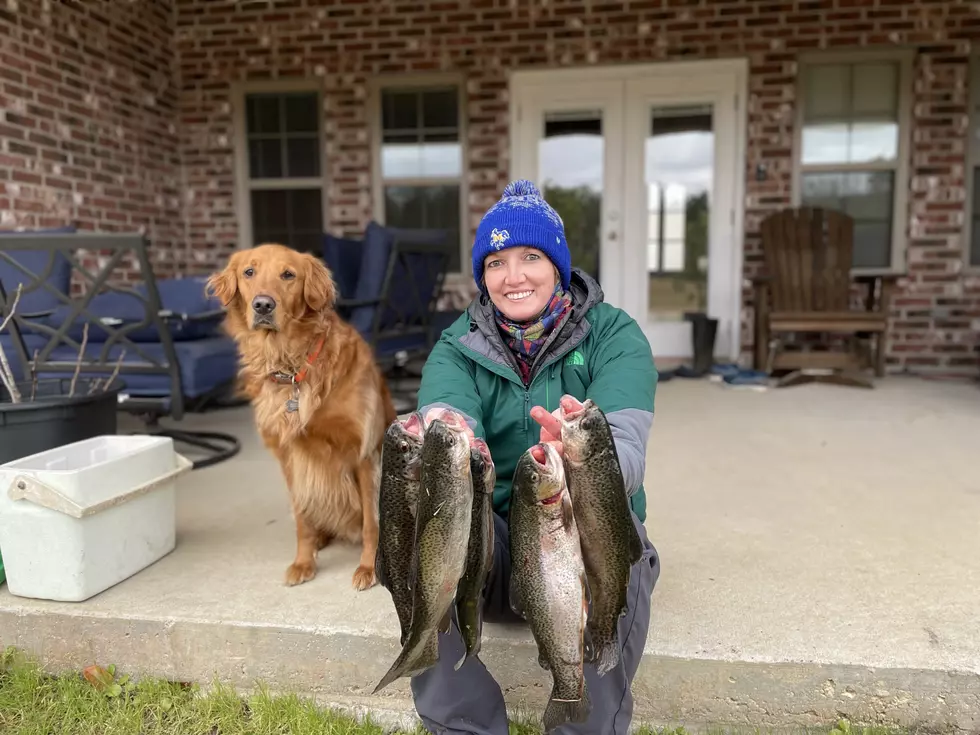
Dead Zone in the Gulf of Mexico is the Largest Ever Recorded
Scientists watching the Gulf of Mexico have reported some alarming findings. This year's "Dead Zone" is the largest ever discovered, and that's not good. A dead zone is an area of the Ocean that is suffering from hypoxia, or oxygen levels that are so low - it can't support marine life. Fish avoid this area at all costs, because any creature that gets their oxygen directly from the water will not survive there. Officials have been tracking the dead zones in the Gulf since 1985, and have never seen one as large as this one. According to US News and World, it is roughly 8,776 square miles, or the approximate size of New Jersey!
The National Oceanic and Atmospheric Association had this to say:
This large dead zone size shows that nutrient pollution, primarily from agriculture and developed land runoff in the Mississippi River watershed is continuing to affect the nation's coastal resources and habitats in the Gulf"
The "nutrient" pollution generally comes from the overuse of manufactured fertilizers on large scale farms. To keep farms operating at peak efficiency, farmers have to replace the nutrients in over-farmed plots to keep them pumping out the produce. Leaving a field fallow, or unused, for a season is no longer an option. To compete in the agricultural world today, every field has to be farmed every season. The run off of nutrients meant to feed plants ends up feeding algae blooms. Algae populations skyrocket, and the algae in turn use up the available oxygen in a given area. Boom - dead zone.
There is a plan to reduce the dead zone in coming years, but in the mean time we could see much smaller number of large shrimp coming out of the Gulf Coast.
More From K945, The Hit Music Channel









